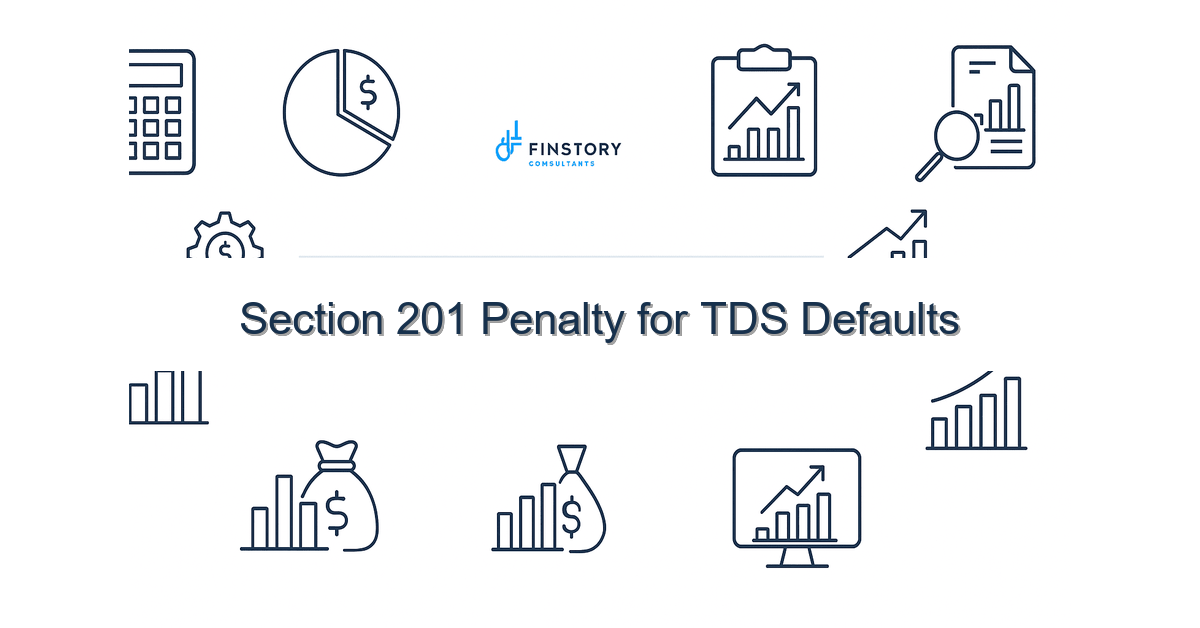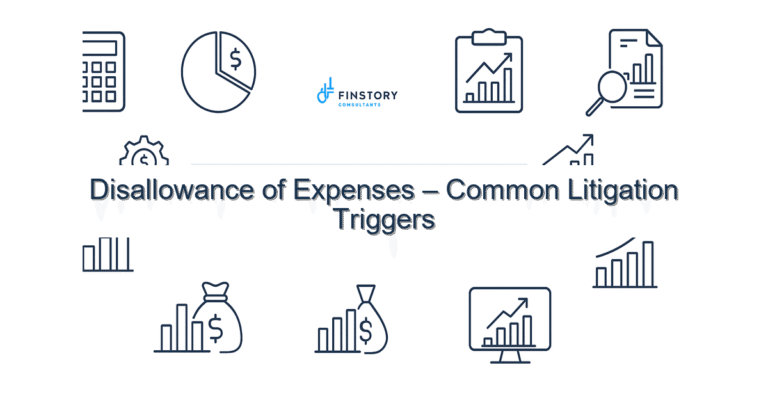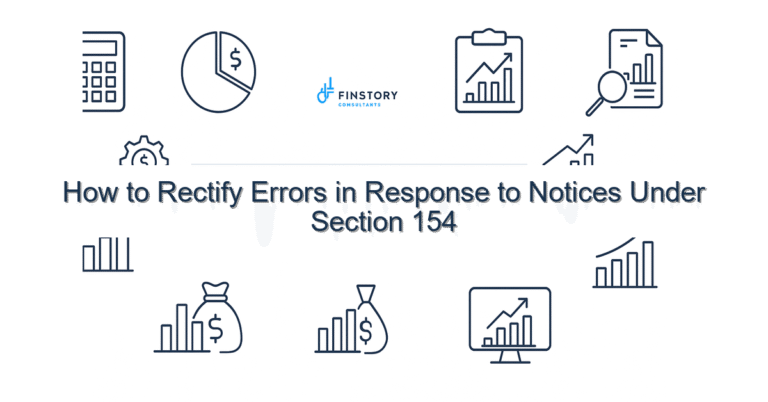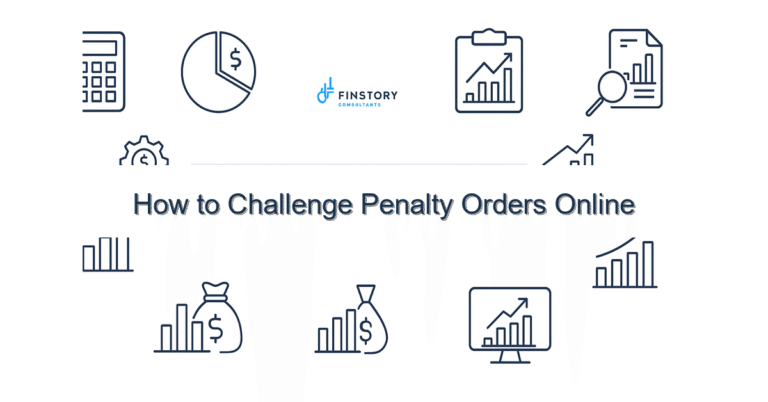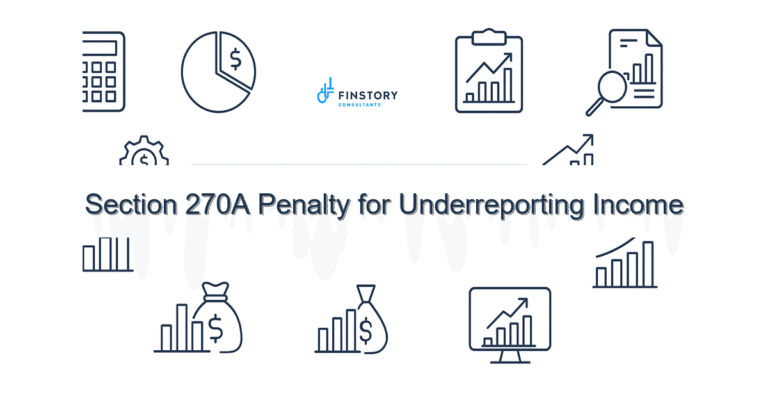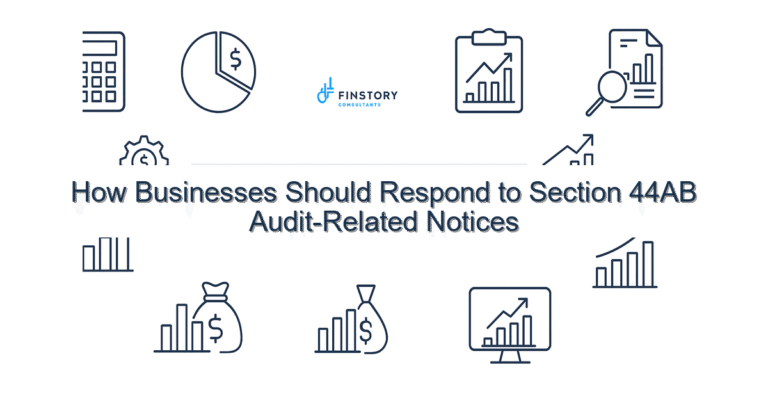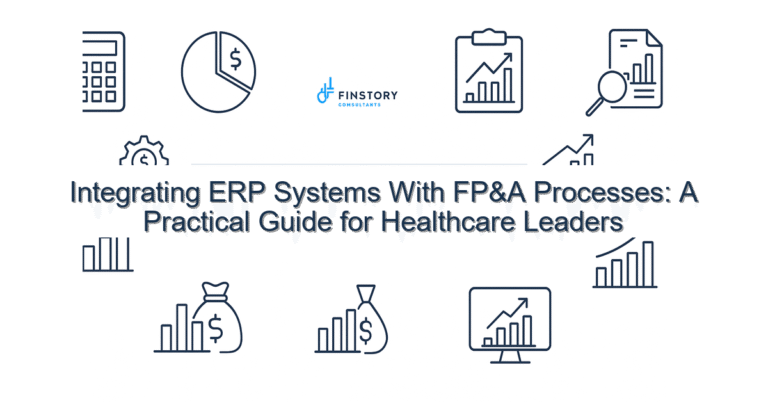Section 201 Penalty for TDS Defaults
Feeling stressed about a tax notice for late or missing TDS? You’re not alone — many salaried employees, professionals, founders and MSMEs in India wake up to unexpected penalties and confusing notices. The good news: most Section 201 TDS defaults are fixable with a few practical steps.
Summary: Section 201 of the Income-tax Act can impose interest and penalties when tax deducted at source (TDS) is not deposited on time or is not deposited at all. Early detection using AIS/26AS, prompt correction through self-assessment and communication with the tax department often prevents escalation. If you want tailored help, talk to a tax expert to protect refunds, reduce penalties and stay compliant.
What’s the real problem in India?
Section 201 is triggered when a deductor fails to deposit TDS or TCS to the government. In practical terms this impacts payees (salary, professional fees, contractors) because their tax credit is only reflected when TDS is deposited and correctly filed. The landscape is complicated by AY/PY terminology, CBDT timelines, e‑filing windows and multiple forms.
- Symptom: Your Form 26AS/AIS shows lower TDS than your salary slip or contractor TDS certificate.
- Symptom: You received a demand or penalty notice citing Section 201 for “tax not paid” despite TDS being deducted.
- Symptom: Mismatch between TDS/TCS entries and your ITR, blocking refunds or triggering scrutiny.
What people get wrong
Common pitfalls are procedural rather than conceptual. People assume TDS deducted equals TDS deposited — they are not the same. Employers or payers sometimes delay deposit, use incorrect challan details, or make data entry mistakes in Form 24Q/26Q/27Q. Others miss reporting interest under Section 201(1A) when TDS is delayed. Taxpayers then rely solely on salary slips or TDS certificates instead of checking AIS/26AS and the e-filing portal.
A better approach
Treat TDS issues as a three-part workflow: Detect, Validate, Resolve. That keeps risk low and prevents Section 201 penalties from becoming a larger problem.
- Detect: Regularly check AIS/26AS and the e‑filing portal for your TDS credits. Note mismatches between payslips/TDS certificates and AIS/26AS early.
- Validate: Confirm with the deductor which challan, BSR code and date they used. Request proof of deposit (Form 16B/16A/16 or bank challan).
- Resolve: If the deductor has not deposited, ask them to pay and file a correction return (TDS return correction). If they deposited with error, they must file rectification or correction statements.
- Escalate: If deductor is unresponsive, you can make a complaint on the e‑filing portal and seek help from a tax professional. In some cases, payee can pay the tax and claim refund later but that has implications.
- Document: Keep written communication and receipts; these protect you if the case goes to the assessing officer.
Real-world example: A Delhi-based consultant noticed a shortfall of Rs 45,000 in AIS/26AS just before the ITR filing last date. A quick confirmation showed the client had deducted TDS but used an incorrect PAN and challan date. After the client filed a correction and paid interest, the consultant’s refund was processed within 45 days — a small delay turned into a smooth resolution because of early detection.
Quick implementation checklist
- Check AIS/26AS monthly for all income heads and TDS/TCS entries.
- Match Form 16/16A/16B with AIS/26AS before filing ITR.
- If mismatch, request the deductor’s challan proof and challan number immediately.
- Ask deductor to file correction statements (TDS return corrections) where needed.
- If deductor refuses, consider paying the due tax and claim refund later — assess cashflow and consequences.
- Respond to any e‑assessment or notice within the deadline and upload supporting docs on the e‑filing portal.
- Keep records: emails, messages, challans and corrected TDS returns for 8 years.
- Consult a tax advisor before disputing a Section 201 demand; interest and penalties (Section 201(1A)) can be negotiated or reduced in many cases.
What success looks like
- Higher chance of full refund — fewer mismatches in AIS/26AS at ITR filing.
- Reduced income tax india notices and faster closure of assessments.
- Lower interest payments and avoided penalties under Section 201(1A).
- Cleaner TDS/TCS reporting, improving business relationships and vendor trust.
- Fewer corrections to ITR due to reconciled TDS data.
Risks & how to manage them
Risk: Deductor non-cooperation. Mitigation: Written proof of request and escalate via formal notice through a tax advisor.
Risk: Interest and penalties under Section 201(1A) keep accruing. Mitigation: Encourage immediate deposit by deductor or consider provisional payment by payee with documentation.
Risk: Mis-entry of PAN or challan details leads to credit not posted. Mitigation: Always verify PAN and challan numbers before accepting TDS certificates; prompt correction statements fix this.
Tools & data
- AIS/26AS: Your first line of defence to verify TDS/TCS credits and tax deposited.
- Income-tax e‑filing portal: Track notices, submit responses, view demand status and request rectifications.
- TDS/TCS tracking tools and spreadsheets: Reconcile employer/vendor reports, especially for recurring payments.
- Keep note of ITR filing last date, Section 80C limit changes, new vs old regime slabs and capital gains indexation rules when preparing returns.
FAQs
Q: What is Section 201 exactly?
A: Section 201 applies when tax is deducted at source but not deposited with the government. It allows the assessing officer to treat the deductor as an assessee-in-default and levy tax, interest and penalties.
Q: Can a payee be chased for TDS not deposited by the deductor?
A: Typically the liability is on the deductor. However, if the deductor is not identifiable or fails to deposit, the department may demand tax from the payee in limited cases. Early action and documentation usually prevent this.
Q: How do I correct a mismatch shown in AIS/26AS?
A: First, contact the deductor for challan proof and request a correction statement. If the deductor has deposited tax with errors, they should file a correction to the TDS return. You can also raise a grievance on the e‑filing portal.
Q: Will paying the tax myself help close a Section 201 notice?
A: It can, but it may not be optimal. If you pay tax provisionally, keep strong documentation. You may claim a refund later after the deductor files corrected TDS returns. Consult a tax advisor before choosing this route.
Next steps
If you see any mismatch in AIS/26AS, or if you have received a Section 201 notice, act now. Run the quick checklist above this week, collect proof and contact your deductor. If you want hands-on help, Finstory can review your records, correspond with the deductor and prepare a response to the tax department.
For more guidance on filing before the ITR filing last date or tax planning within Section 80C limit and new vs old regime slabs, see our resources: [link:ITR guide] and [link:tax-saving tips].
Work with Finstory. Speak with an Expert for a personalised plan to reduce your tax outgo and stay compliant. Book a free 20-min consultation.
📞 Need help with Income Tax in India?
Book a 20-min consultation with our tax team. Individuals, founders & MSMEs welcome.
Prefer email or phone? Write to info@finstory.net
or call +91 44-45811170.
